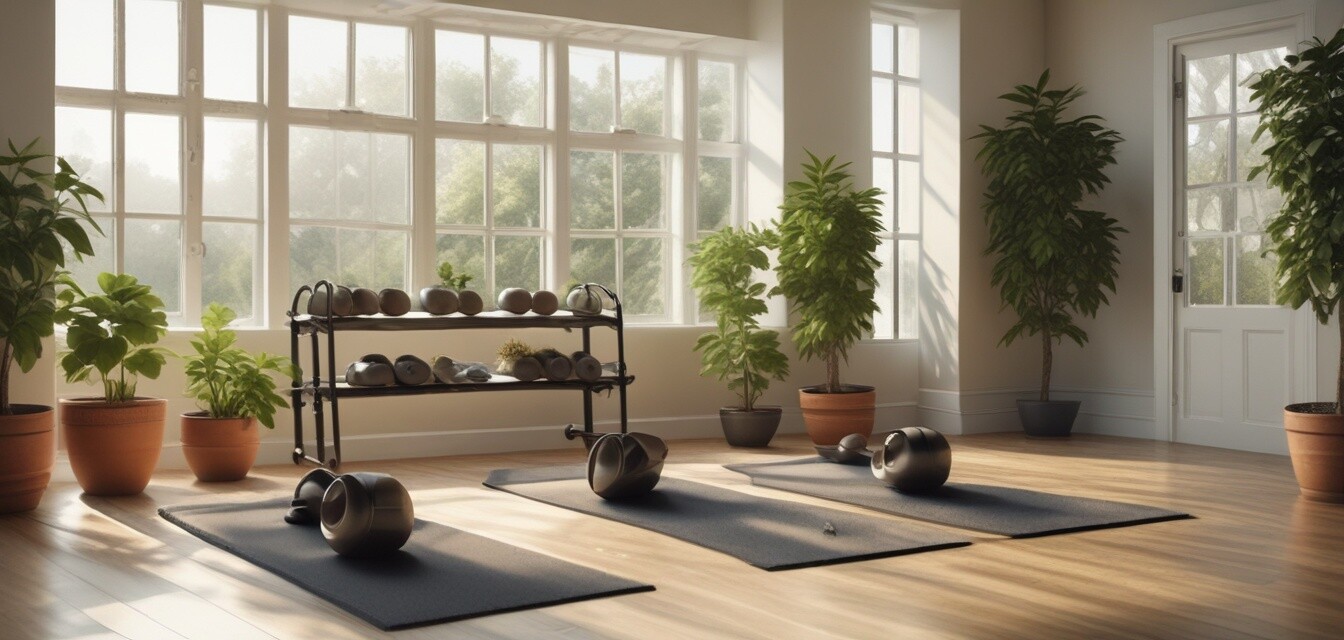
Tips for Staying Consistent with Fitness Routines
Key Takeaways
- Establish clear fitness goals to guide your routine.
- Choose enjoyable exercises to keep motivation high.
- Incorporate flexibility in your routine to adapt to changes.
- Utilize social support for accountability.
- Make use of appropriate safety tips while exercising.
Maintaining a consistent fitness routine can be a challenge, especially for seniors. However, with the right strategies, it is possible to overcome barriers and stay on track. This article offers tips and insights into how seniors can ensure they remain committed to their fitness journey, making exercise both enjoyable and effective.
Understanding Common Barriers
Before diving into solutions, it's essential to acknowledge the common barriers seniors face in maintaining fitness routines:
- Lack of Motivation: The initial excitement of starting a new fitness program can fade over time.
- Physical Limitations: Health issues or injuries may hinder regular exercise.
- Time Constraints: Busy schedules can make it hard to fit in workouts.
- Social Isolation: Exercising alone may decrease motivation.
Strategies for Consistency
Here are several strategies that can help seniors stay consistent with their fitness routines:
1. Set Clear Goals
Establish specific and achievable fitness goals. For example, instead of saying, "I want to exercise more," specify, "I will walk for 30 minutes three times a week." This clarity provides direction and motivation.
2. Choose Enjoyable Activities
Engaging in exercises that you enjoy can significantly impact your willingness to stick with a routine. Some options include:
- Walking or hiking
- Yoga or tai chi
- Group classes or online workout videos
- Strength training with dumbbells or resistance bands
3. Create a Schedule
Establishing a regular schedule can help integrate exercise into your daily life. Consider setting aside specific days and times each week for your workouts. It may help to treat these times as unmissable appointments.
4. Start Slowly and Progress Gradually
For those new to fitness or returning after a break, it's crucial to start slowly and increase intensity over time. This approach can prevent injuries and build confidence.
5. Incorporate Variety
To prevent boredom and work different muscle groups, include a variety of exercises in your routine. Mix strength training, cardiovascular activities, and flexibility exercises.
6. Use Support Systems
Consider exercising with friends or joining group classes. Social interaction can boost motivation and make workouts more enjoyable. Another great way to engage with like-minded individuals is to explore news and trends in fitness.
7. Track Your Progress
Keeping a journal or using a fitness tracker can help you monitor your progress. Celebrate achievements, no matter how small, to highlight your dedication and commitment.
8. Prioritize Safety
Safeguarding your wellbeing should be paramount. Consider these factors:
- Warm up before workouts and cool down afterward.
- Always listen to your body and avoid pushing through pain.
- Use suitable exercise equipment designed for seniors.
The Importance of Flexibility
Flexibility in your routine is essential. Life can be unpredictable, so having an adaptable plan can help you navigate changes without losing consistency. If you miss a workout, don't be discouraged—just make it up when you can.
Exploring Additional Resources
If you're looking for more guidance on making safe choices while staying active, be sure to check out our Safety Tips category for essential advice and insights.
Pros
- Improved overall health and wellness.
- Increased strength and mobility.
- Enhanced mental well-being and mood.
- Builds social connections.
Cons
- Initial discomfort as the body adjusts to exercise.
- Potential for injury if not done correctly.
- Time commitment may feel challenging.
Conclusion
Staying consistent with a fitness routine doesn’t have to be daunting. By setting clear goals, choosing enjoyable activities, and being flexible, seniors can significantly improve their chances of success. Remember to seek support when needed and prioritize safety during all exercises. With these tips, you can embark on a fulfilling fitness journey.
Additional Reading
For more insights on staying active, explore our buying guides for fitness equipment or review useful exercise books tailored for seniors.